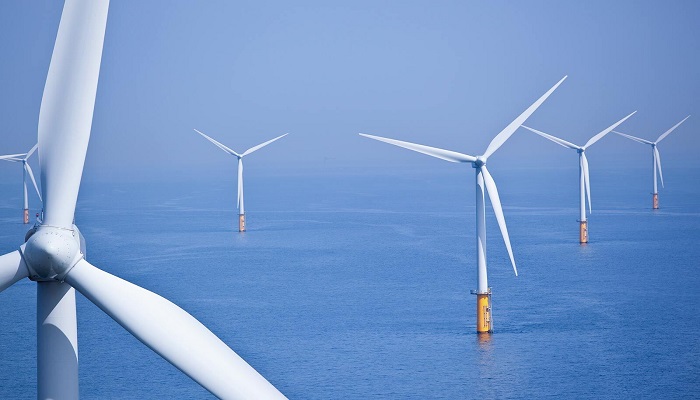Despite the fact that Japan has a strong desire to reduce its reliance on energy imports from the Middle East as well as Russia, it has been comparatively slow when it comes to adopting offshore wind technology. But some experts in the industry go on to argue that Japan’s cautious approach places it at a significant disadvantage.
There happens to be increasing prices and intense competition for equipment, such as towers, nacelles, and installation ships. This situation has led to the cancellation or else postponement of numerous major global projects, and the development process in Japan, since right from turbine selection to the start of operations, takes significantly longer as compared to Europe.
According to Reuters, experts have stated that longer project timelines go on to result in increased uncertainty as well as risk, and they suggest that industry and government should partner more closely so as to reduce these timeframes.
It is worth noting that at present, Japan happens to have less than 500 MW of installed offshore wind capacity. The country, apparently has set itself a target to achieve 10 GW of offshore wind projects by 2030.
As of today, it has gone on to successfully auction 1.7 GW of offshore wind capacity contracts.
According to the Ministry of Economy, Trade, and Industry- METI, there happens to be an upcoming third round that has not yet been announced. This round is anticipated to provide an extra 1.05 GW throughout two projects.
But foreign players that are participating in some of the largest offshore farms across the globe believe that the scale as well as speed of these projects happen to be too modest. They also argue that larger auctions would help with more effective supply chain planning along with a better cost control.
Experts say that it would be advisable to go ahead with the auctions, but with slight alterations- rather than allocating 1 GW per auction, it would be more advantageous to allocate 1 GW per project.
Notably, Japan happens to be falling behind Taiwan as well as South Korea when it comes to renewable energy development. Apparently, Taiwan is at present offering 3 GW in its auctions, whereas on the other hand, South Korea is making inroads in floating wind technology, which has not yet been launched in Japan commercially.
But generating scale economies alone from a 300 MW power plant is not feasible, and in all likelihood, larger plants are required to achieve this.
As per Chris Wilkinson, who happens to be one of the senior analysts from an energy concern, Japan will require almost $18 billion by 2030 so as to develop offshore wind farms. This figure goes on to include funds that have already been invested. Apart from this, by 2050, Japan will require almost $250 billion for this purpose. It is worth noting that this estimate also considers the challenging-to-predict expenses that happen to be associated with floating offshore wind projects.
Mystery Bidders
Following the execution of the U.S. Inflation Reduction Act- IRA which looks to lessen the emissions, Japan has also gone on to come up with a similar law in March this year. This law is designed so as to encourage green investment by selling government debt of almost 20 trillion yen. The idea is to attract private capital, which amounts to 150 trillion yen in the next ten years.
It is well to be noted that in Japan, companies have been asked to refrain from providing any comments or even disclosing their participation when it comes to the second-round process of auctions.
The Ministry of Economy, Trade, and Industry- METI is advocating for at least 60% participation from domestic suppliers when it comes to offshore wind projects by 2040. This step aims to elevate Japan’s expertise in this field. Foreign companies are most likely to partner with Japanese firms so as to secure contracts as well as facilitate local production.







































